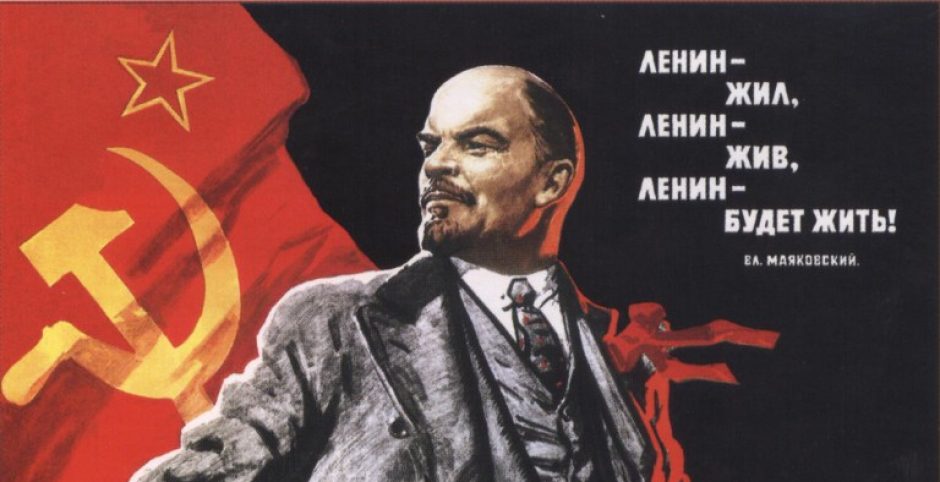Russia acquired its storied tradition of icon painting from the Byzantine Empire, with the introduction of Christianity into Russia centuries before Peter’s reign. The practice served as Russia’s primary form of artistic output until, as a result of Western influence, the visual arts began to secularize and expand. The absence of official portraiture of Tsar Mikhail, Aleksei’s father, at the same time as depictions of Western leaders abounded across Europe, speaks to the automatized relationship between tsar and public. The problem of access, too, posed a problem, as the Russian people, before the introduction of the printing press, would have had few means to encounter portraiture should it exist, and little incentive to seek out anything beyond religious imagery. Furthermore, the icon represented not merely an image executed by a painter, but a medium through which the beholder could approach the holy scene itself. The icon transcends its pigment and two-dimensionality to impart in the viewer its divine message and engage him in an act of worship.
Alexei’s portrait signaled an evolving Muscovite culture in the late Seventeenth Century, termed by Hughes a “belated Russian ‘Renaissance’” (Hughes, 51). This evolution, catalyzed by “war, trade, and diplomacy,” exemplified by Russia’s conflict with Poland-Lithuania in the mid-Seventeenth Century, with its attendant land acquisition, allowed European influence to arrive through the Western borders. Yet, by the 1670’s, writes Hughes, secular portraiture was still fairly inextricable from religious iconography. Artists remained “within the confines of Orthodox sensibilities and Muscovite aesthetic conventions” (Hughes, 53), conforming to the iconographic project and style.
The shift, however, from solely iconographic work to the inclusion of secular portraiture presents a gradual and seemingly logical step in the timeline of Russian painting. The “Muscovite ‘monarchical myth’” finds its origins in the concept of divinely granted exclusive power. The portrait works to maximize its subject’s Orthodoxy and piety in order to bolster his claims to power, as the “portraits give embodiment to the idealized ruler” (Hughes, 54). Aleksei’s portrait insists on history and tradition, and shares more with Russia’s icon painting in its flatness and religiously symbolic details, while Peter’s, with their depth and attempts at higher verisimilitude to life, motion towards freer exchange with the West. Hughes asserts that Peter’s portraits came to present him as a figure of evolution, in constant contact and conversation with the present; whereas, Alexei’s provides a static image of religious transcendence and lack of dialogue, as a symbolic figurehead of Orthodox anachronism.
At the same time, the military trappings of Peter’s portraiture convey his power just as Aleksei’s religious devices did; both possess their own strict orders and implications. Even by the 20th Century, imagery such as these remained a means of the authorities to impel a reverence for “orthodoxy and autocracy” (Hughes, 55). As Cracraft writes in his chapter on “Cultural Revolution,” Peter’s institutional upheavals brought with them cultural changes that required the development of new vocabularies in order to accommodate new activity. This evolution is reduced and made visual in the progression from icon to portrait, and from portrait to portrait as style fluctuates according to time and ruler. Still each portrait retains a primary motive in the exaltation of the infallible supremacy of the Russian leader. Peter’s travels throughout Europe coincided with the late Baroque phase of Western art. The Baroque’s emphasis on “dynasty, church, and aristocracy” coincided with a distinctly Russian ethos, while its status as “arts of power designed to glorify society’s rulers and to magnify their claims” (Cracraft, 89) left an indelible mark on Peter in an appeal to both a Russian autocratic and European sensibility.
How did Russia’s tradition of icon painting poise the nation for its rapid rate of artistic expansion both under and following Peter’s reign? The image underwent a revolution alongside Peter’s religious, military, and bureaucratic reforms. Iconographic insistence upon divine power paved the way for the proceeding renditions of Russia’s ruling class, as they underwent shifting grammars of symbology (Aleksei’s Muscovite attire and religious detail to Peter’s militaristic trappings) and conceptions of realism. Still, the image remained motivated by a certain propagandistic impulse, “for the purpose of enhancing [Peter and his successors’] prestige in Europe and reinforcing their rule at home” (Cracraft, 94).
